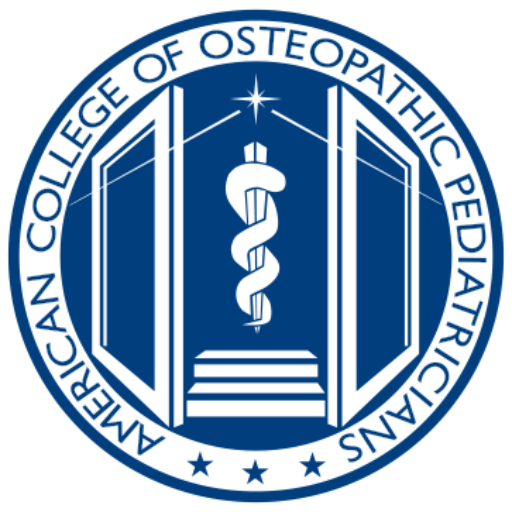ACOP JOURNAL OF OSTEOPATHIC PEDIATRICS (JOOP) STATEMENT ON FINANCIAL DISCLOSURE AND CONFLICT OF INTEREST
All authors are required to disclose all financial and nonfinancial relationships related to the manuscript’s subject matter. All disclosures must be included in the title page of the manuscript. Authors without financial or other relationship to disclose must indicate that on the manuscript’s title page (eg, “None of the authors have any potential conflicts to disclose”.)
Examples of relationships and affiliations that must be disclosed include:
Financial Disclosure
- Reimbursements, fees, funding, salary, or grants received for the current study or related studies
- Patents, stocks, or shares owned on a product or related company that was used in the study
- Royalties received from a product that was used in the study
- Employment by or honoraria received from an institution or other entity whose product is used in the study
- Stock ownership or options in that institution
- Involvement in that institution’s speakers’ bureau
Conflict of Interest
- Leadership position in a group directly or indirectly related to the current study
- Any nonfinancial affiliation with an institution or other company that may benefit from the opinions or data in the current study
- Service on a formulary committee that determines whether to select the product in a study or similar products
ACOP JOURNAL OF OSTEOPATHIC PEDIATRICS (JOOP) STATEMENT ON HUMAN AND ANIMAL RIGHTS
All research must be completed with an appropriate ethical framework. Research studies involving human or animal subjects (the trial’s design, conduct, and reporting of results) must conform to Good Clinical Practice guidelines (eg, Good Clinical Practice in Food and Drug Administration (FDA)-Regulated Clinical Trials) and/or to the World Medical Association (WMA) Declaration of Helsinki and must be approved by an appropriate ethics committee. A statement detailing this (including the name of the ethics committee) must appear in all manuscripts detailing such research. If the study was granted an exemption from an institutional review board or other ethics committee, this must also be detailed in the manuscript.
Additionally, statement affirming that informed consent, and/or assent when applicable, was obtained in alignment with the approved-upon methods as set forth by the IRB-approved study protocol for all human subjects must be included in the manuscript.
Research involving experiments on animals must include description of whether the institutional and national guide for the care and use of laboratory animals was followed. Experimental research on vertebrates or any regulated invertebrates must comply with institutional, national, or international guidelines, and should be approved by an appropriate ethics committee. A statement detailing compliance with guidelines and ethical approval must be included in the manuscript.
ACOP JOURNAL OF OSTEOPATHIC PEDIATRICS (JOOP) STATEMENT ON INFORMED CONSENT
Consent: For all research involving human subjects, informed consent to participate in the study should be obtained from participants, and that for children under the age of 18 but with decision-making capacity deemed appropriate for the study, verbal assent to participate was also obtained in addition to informed consent from their parent or guardian, and a statement to this effect should appear in the manuscript. Authors should identify individuals who provide writing assistance and disclose the funding source for this assistance.
Consent for publication of individual patient data: For all works that include details, images, or videos relating to individual participants, written informed consent for the publication of these must be obtained from the participants (or their parent or legal guardian in the case of children under 18 years) and a statement to this effect should appear in the manuscript. A consent form must be made available to the Editor(s) on request and will be treated confidentially. In cases where images are entirely unidentifiable and there are no details on individuals reported within the manuscript, consent for publication of images may not be required. The final decision on whether consent to publish is required lies with the Editor(s).
Patients’ right to privacy should not be infringed upon without informed consent. Identifying information, including patients’ names, initials, hospital numbers, or other identification numbers, should not be published in written descriptions, photographs, or pedigrees unless the information is essential for scientific purposes and the patient (or parent or guardian) gives written informed consent for publication. Informed consent for this purpose requires that a patient who is identifiable be shown the manuscript (including all images, videos, etc) to be published.
Identifying details of all patients and persons described in a study should be omitted if they are not essential. An informed consent should be obtained if there is any doubt of complete anonymity (eg, masking the eye region in photographs of patients is inadequate protection of anonymity). If identifying characteristics are altered to protect anonymity, such as in genetic pedigrees, authors should provide assurance that alterations do not distort scientific meaning and the authors are responsible to notify the editors in such instances. When informed consent has been obtained it should be indicated in the published work.
